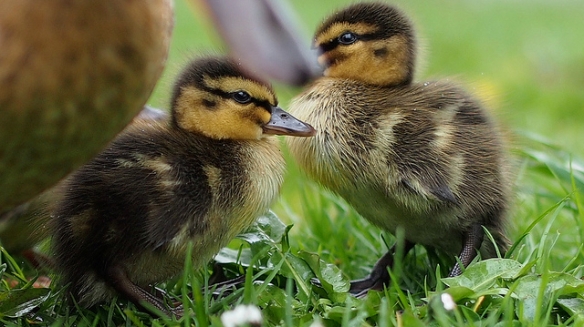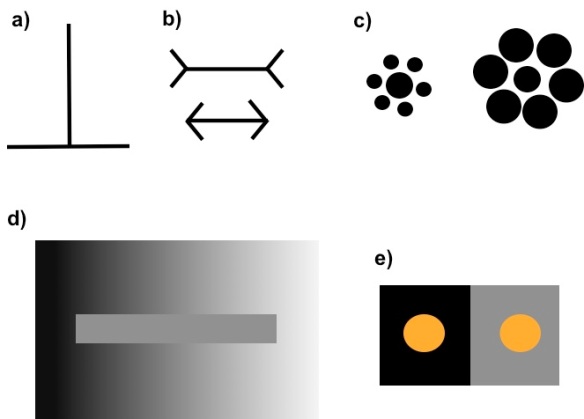Growing up, I used to watch the Mallards breeding in the local pond every summer. The female would start out with many tiny, adorable ducklings; then, day by day, their number would shrink. I remember not understanding why I couldn’t take a few of the little fluffballs home and have them for myself. (Well, aside from the fact that a city apartment is perhaps not the optimal environment in which to keep ducks.) When so many died anyway, would they be missed? And wouldn’t I really be saving them by taking them?
I’ve been seeing similar sentiments on the internet lately: people who have found out how dangerous it is to be a baby bird asking whether it wouldn’t be best to preemptively “save” the chicks from their probable fate. They are babies in danger, after all—shouldn’t any good person help babies in danger?
The simplest answer is that one should not steal away baby birds because it is illegal under the Migratory Bird Treaty Act—but that isn’t an answer likely to ease the consciences of animal lovers. So I’d like to talk about what it means to help wild animals, and when “helping” can be a really, really bad thing.








